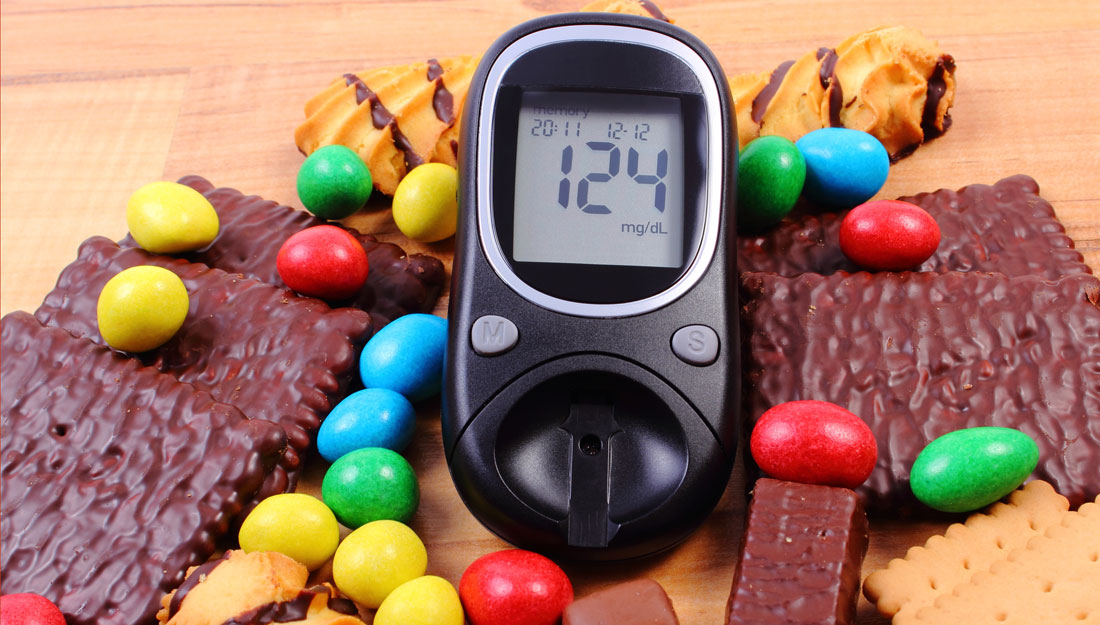- Dominic Hernandez
- Healthy Living, Show on VR homepage, Trending
5 tips to keep diabetes under control
Eating habits to make sure you control your diabetes, and not the other way around

Diabetes is one of the most prevalent chronic diseases in America, and it’s on the rise, with about 9.3 percent of the population suffering from the condition (an increase from 8.5 percent in 2011).
To add to that, 86 million people—more than one out of every three adults—have prediabetes and of that, nine out of 10 have no idea they are at risk for the condition. The good news is that type 2 diabetes, which accounts for 90 percent of cases worldwide, is largely preventable.
Claudia Perkins, R.D., educator at the Texas A&M Health Science Center Coastal Bend Health Education Center, provides tips on how to keep your diabetes at bay.
Set up a meal plan
It’s best to go over a meal plan with a registered dietician or a certified diabetes educator (CDE). “Making a proper meal plan is extremely important,” Perkins said. “It will help with weight, blood glucose control and reducing the risk of other complications.”
One common meal plan is the plate method, filling half of your plate with non-starchy vegetables (such as spinach, broccoli, tomatoes and cabbage), one quarter with protein (such as lean meats or eggs) and the other quarter with grains and starchy foods (such as brown rice, whole grain pasta or sweet potatoes). The plate method helps incorporate a variety of foods in appropriate portions.
Carbohydrate counting is also a popular method for controlling blood sugars. Using the client’s gender, weight, height, age and physical activity level a registered dietitian can make recommendations for carbohydrate intake per meal.
“Limiting carbohydrate intake can help control blood glucose since carbs break down into to sugar and we typically eat more than needed,” Perkins said. “Along with carb counting it’s important to include non-starchy veggies, lean protein and unsaturated fats.”
Avoid sweetened beverages
Most things can be eaten in moderation, but sweetened beverages are an exception; they should be avoided altogether. “Sweetened beverages, such as soda, energy drinks, sweet tea, punch or juices, should be avoided,” Perkins said. “It is difficult to maintain blood sugar levels throughout the day if you’re constantly drinking sugar.” These drinks will not only raise blood glucose but they also provide empty calories.
If you are tired of water, try mixing in a variety of unsweetened teas, or homemade fruit-infused water.
Don’t be afraid of the sugar in fruit
Some fruits, like grapes, bananas and pineapple are known for having a lot of sugar, which may be seen as red flag to people with diabetes. However, using portion control and carb counting, they can be including in your meal plan and curb your sweet tooth.
“You can eat fruit in the right portions,” Perkins said. “Four ounces of juice and an orange the size of a baseball are both about 15 grams of carbohydrates, but whole fruits have fiber and are much more filling than a four-ounce serving of juice.” Plus, it is easy to take in much larger portions of juice than fruit, resulting in excessive intake leading to elevated sugar levels. It’s much easier to drink 12 ounces of juice than to eat three baseball-sized oranges.
Hydrate
Staying hydrated is important for your overall health and blood glucose levels. When you have high blood glucose levels, the body will eliminate glucose through the urine resulting in frequent urination, excessive thirst and possible dehydration. Make sure you are drinking water and not sugary beverages that can add to glucose levels. Water will help flush the kidneys and bladder from excessive sugar levels.
Don’t be afraid to snack
Snacking throughout the day is a great way to curb your hunger while adding an energy boost to your day. However, make sure you choose your foods carefully. Use this time to get a serving of fruits and vegetables in order to fit your specific meal plan. “As a general rule, keep your snacks to about 15-30 grams of carbohydrates or as recommended by your meal plan,” Perkins said. “More than 30 grams is excessive and makes it difficult to control blood glucose levels.”
For more information, check the American Diabetes Association website or contact a local health expert.
Media contact: media@tamu.edu


